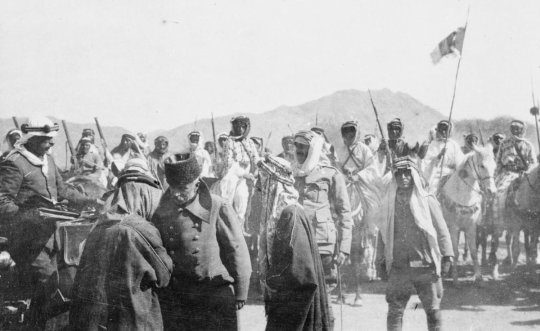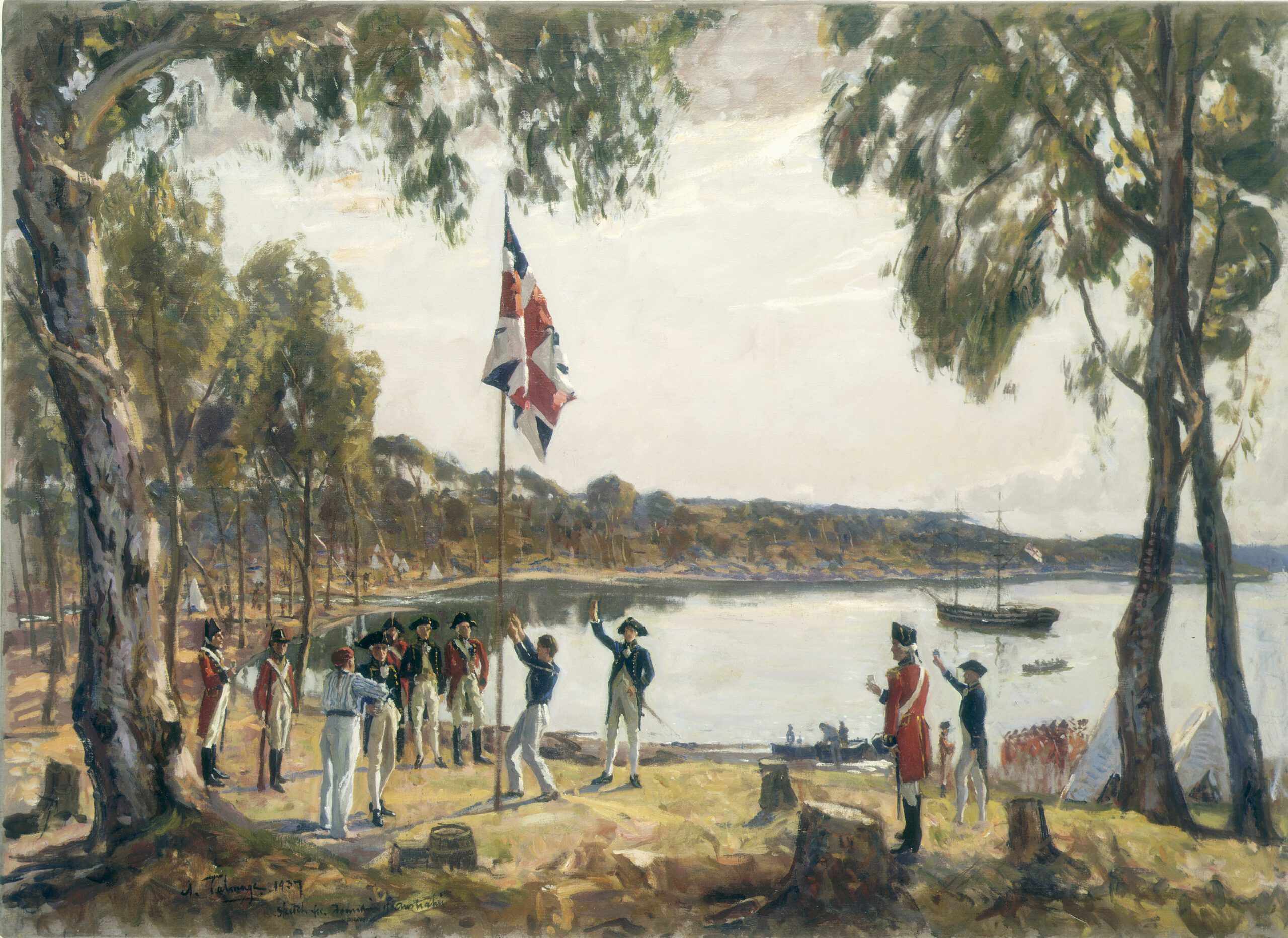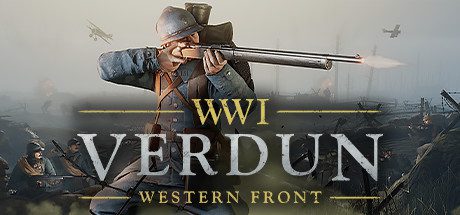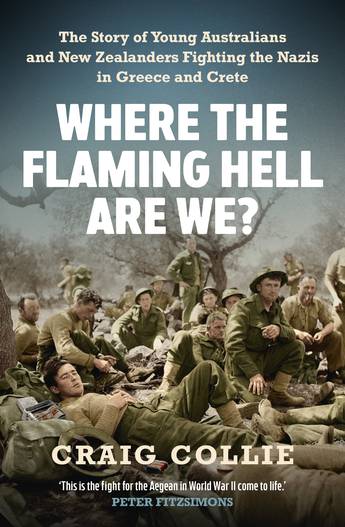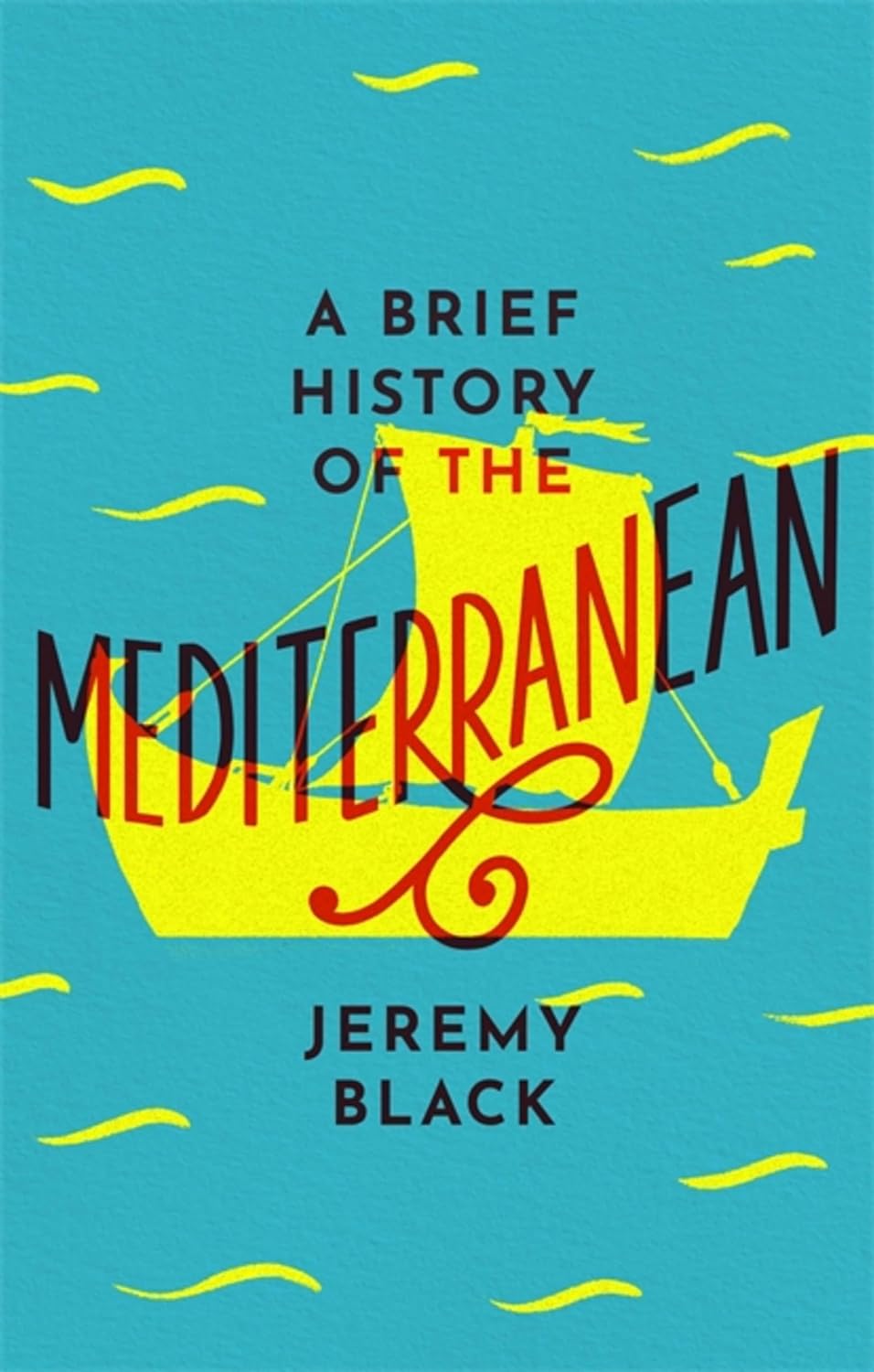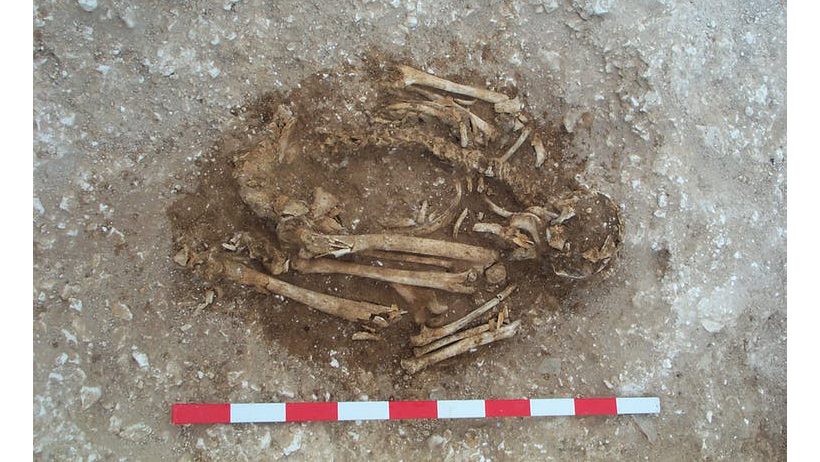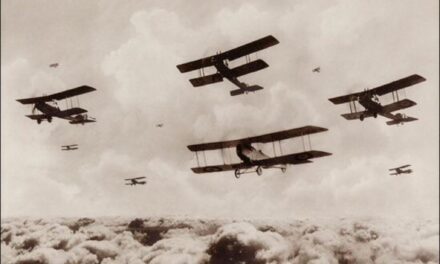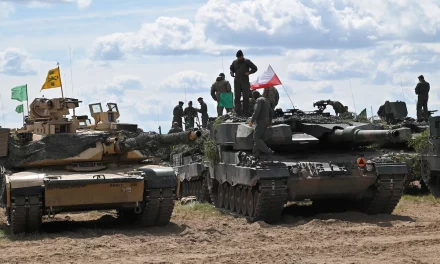Reading time: 6 minutes
When you think of the First World War, you may think of the Western Front or the dates 1914 – 1918, but did you know that this truly global war was still being fought in 1919 in the Middle East? Dr John Slight explains.
By John Slight, The Open University
At 11.00am on 11th November, 1918, the guns fell silent on the Western Front. This was the Armistice, agreed between Germany and the Allies. The Western Front was arguably the main battlefront of the war. But the First World War got its name precisely because of the global nature of the conflict. Battles were fought across Africa and Asia. Forces clashed in the Atlantic, Pacific and Indian Oceans. Neutral countries far from the front lines, such as Argentina, felt the economic effects of a world at war. When we focus on the war’s end, the Armistice is often taken as the conflict’s end-point. Yet new research has shown that for many peoples across Europe, especially in central, eastern and southeastern Europe, the fighting continued. New nations were born in a crucible of violence, governments and ruling regimes were overthrown, and paramilitary forces clashed with armies, attacked civilians and ravaged urban and rural areas.
In the Middle East, Germany’s ally the Ottoman Empire had signed an Armistice with Britain and France on the island of Mudros on 30th October 1918. The Ottoman Empire, long derided as the ‘Sick Man of Europe’ by the Great Powers, upturned this stereotype through a tenacious defence of its territories during the war. The Ottomans also scored significant victories over the Allies. They won the Gallipoli campaign of 1915-16 and took some 13,000 British and Indian soldiers prisoners of war in 1916 after a long siege of Kut, in modern-day Iraq. But a combination of factors doomed the Ottoman war effort: a rigorous Allied naval blockade that led to widespread starvation throughout the empire, and a famine in Syria, several disastrous campaigns that led to losses of men that the empire could not replace, and the demands of fighting increasingly well-resourced armies on multiple fronts. By 1918, huge Allied armies were steadily advancing through Mesopotamia (Iraq), Palestine and Syria. There was a decisive breakthrough at the Allied bridgehead at Salonica (Thessaloniki) in September 1918, and forces were poised to advance to Constantinople (Istanbul), the Ottoman capital. Defeat was imminent, and amid extreme political turbulence in the capital, the Armistice was signed on board the Royal Navy ship H.M.S. Agamemnon in Mudros harbour, on the island of Lemnos. The conditions were harsh: the Ottomans had to demobilise their armed forces, and the Allies had the right to occupy Ottoman territory “in case of disorder” if they felt their security threatened. The Ottomans also had to surrender their garrisons outside Anatolia (Turkey). The war was over.
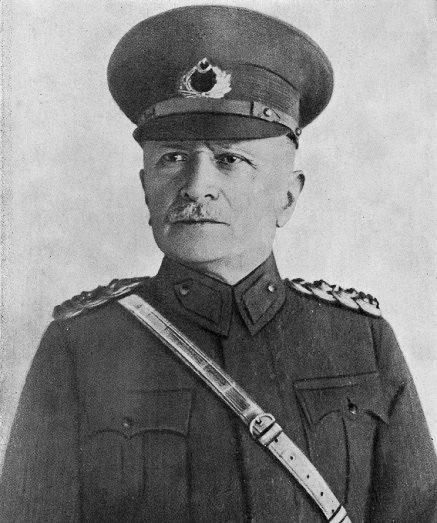
Hundreds of miles to the south in the Arabian desert, the Ottoman garrison commander in Medina, Fakhri Pasha, refused to surrender.Or was it? Hundreds of miles to the south in the Arabian desert, the Ottoman garrison commander in Medina, Fakhri Pasha (Fahreddin Pasa), refused to surrender. Fakhri Pasha was a long-serving Ottoman military leader; he had fought in the Balkans (1913) before the war. In June 1916, the ruler of Mecca, Sharif Hussein, rose up in revolt against his Ottoman suzerains. The British had given Hussein encouragement to revolt, as well as promises of support in money and arms, and assurances of a vaguely defined territory in the Middle East as a reward for fighting the Ottomans. This was the Arab Revolt, a campaign immortalised by a British adviser to Hussein’s forces, Thomas Edward Lawrence – Lawrence of Arabia. Hussein’s forces took over Mecca, and besieged Medina. Mecca was the holiest city in Islam; it was where the annual Muslim pilgrimage, the Hajj, took place. Medina was Islam’s second holiest city, the location of the tomb of Prophet Muhammad. Medina occupied a very special place in the hearts of Muslims around the world. It was also the end point of the Hejaz Railway, a vital strategic line that connected Medina to Damascus.
On May 23 1916, Fakhri Pasha moved to Medina with fellow officers, and was appointed the head of the Hijaz Expeditionary Force on 17 July 1916. His task was to stop Medina falling into rebel hands. Medina underwent one of the longest sieges of the war. One attack against the city by Hussein’s son, Faisal, was repulsed by the Ottoman garrison. Hussein’s forces surrounding the city numbered some 30,000 men (regular and irregular forces) with artillery and machine guns, and Allied advisers, including T.E. Lawrence. Fakhri Pasha also had to protect the Hejaz Railway from guerilla attacks. Fakhri became known as the “Defender of Medina” and “Tiger of the Desert”.
Fakhri Pasha addressed his soldiers, calling them “Little Muhammads”, and ordering them to “defend him and his city to the last cartridge and the last breath, irrespective of the strength of the enemy”.Fakhri Pasha took the task of holding Medina very seriously. The Ottomans had conquered the city in the sixteenth century. Fakhri believed it was his sacred duty to protect Prophet Muhammad’s tomb. He sent many religious artefacts, including some of Prophet Muhammad’s belongings, to Constantinople so they would not be damaged by fighting. In spring 1918, after prayers in the Prophet’s mosque, Fakhri Pasha addressed his soldiers, calling them “Little Muhammads”, and ordering them to “defend him [Prophet Muhammad] and his city to the last cartridge and the last breath, irrespective of the strength of the enemy”. Hussein called on Fakhri Pasha to surrender, and in his reply Fakhri described how he had a vision of meeting the Prophet. Fakhri rejected the demand to surrender, and declared he was now under the protection of the Prophet, and was busy strengthening Medina’s defences.
After the Mudros Armistice, the Ottoman Minister of War ordered Fakhri Pasha to surrender his sword and his garrison at Medina. Fakhri refused and was dismissed from his post. He rejected this order, continued to defend Medina from Hussein’s forces, and still flew the Ottoman Sultan’s flag. But the garrison faced starvation due to a lack of supplies. It was only on 9 January 1919 that Fakhri was arrested by his own men and brought to Hussein’s son, Abdullah. Medina fell to Hussein’s forces on 10 January 1919, over two months after the Armistice. For the inhabitants of Medina, the war only ended in January 1919. Along with his garrison of 8,000 men, Fakhri was interned as a prisoner of war in Egypt, then Malta. On his release, Fakhri joined Mustafa Kemal Ataturk’s forces fighting the Turkish War of Independence. The epitaph on his headstone is Medinenin Kahraman Müdafii, “the heroic defender of Medina”.
For many in the West, the First World War in the Middle East was a sideshow to the Western Front. The story of the wartime siege of Medina is even less well-known. But in the region it is still debated and contested, for example in December 2017 when the Foreign Minister of the United Arab Emirates accused Fakhri Pasha of stealing items from Medina, which earned a strong rebuke from the President of Turkey. The First World War in the Middle East had a profound effect on the region, with consequences to this day.
This article was originally published by The Open University.
Podcasts about WW1 in the Middle East
Articles you may also like
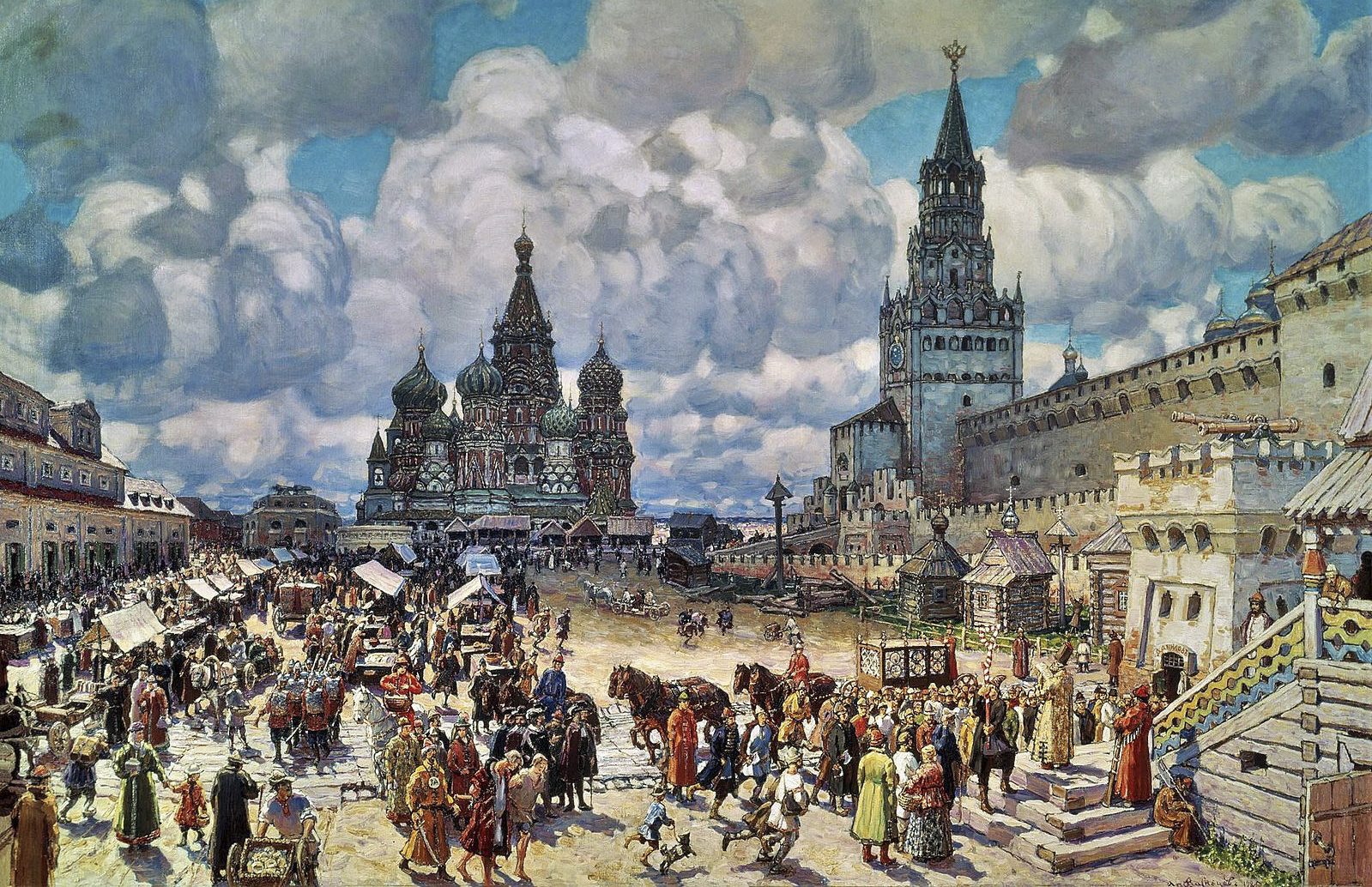
A Short History of Russia – audiobook
A SHORT HISTORY OF RUSSIA – AUDIOBOOK By Lucy Cazalet (1870 – 1956) A Short History of Russia by Lucy Cazalet is a helpful introduction to the people, places, and events that shaped Russia, the largest country in the world. While covering the bullet points of Russian history, the author expands to greater detail when talking […]
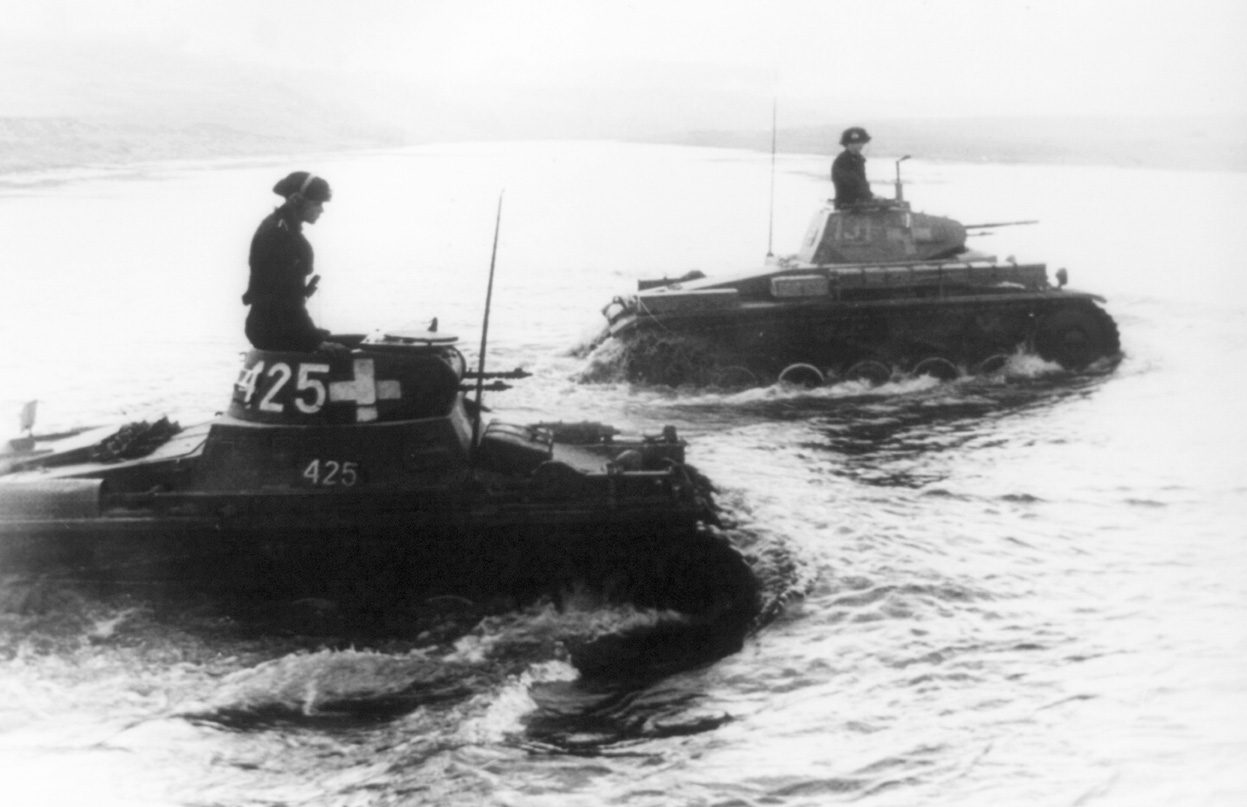
General History Quiz 92
1. Fall Gelb (Case Yellow) was the code name for what German operation of WW2?
Try the full 10 question quiz.
The text of this article is republished from The Open University and is is licensed under a Creative Commons BY-NC-SA 4.0 license.

